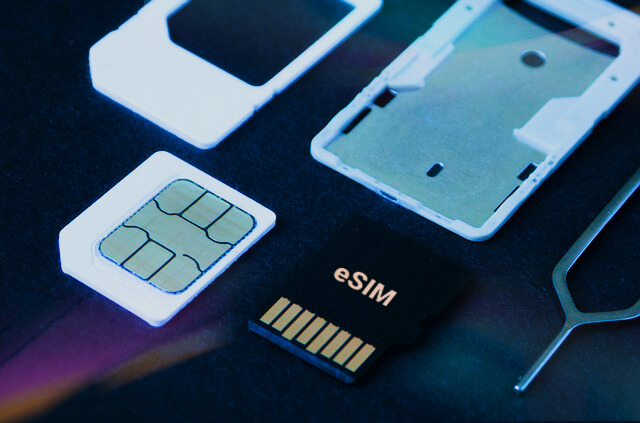A Proof of Concept (PoC) is a small-scale project designed to assess the feasibility and viability of a concept or idea. It serves as a preliminary experiment that helps businesses understand whether a concept can be successfully executed and whether it aligns with their strategic objectives.
Why Are Proofs of Concept Essential?
- Risk Mitigation: PoCs offer a controlled environment to identify potential pitfalls and challenges early in the development process. By testing the waters on a smaller scale, businesses can make informed decisions and mitigate risks associated with unproven concepts.
- Cost Efficiency: Investing in a PoC is a cost-effective approach compared to full-scale implementations. It allows businesses to allocate resources more efficiently and avoid pouring significant investments into unproven ideas.
- Innovation Catalyst: PoCs foster a culture of innovation within organizations. They provide a platform to experiment with novel ideas and technologies, promoting creativity and problem-solving.
- Stakeholder Confidence: A successful PoC can instill confidence in stakeholders, including investors, partners, and customers, assuring them that the chosen concept has been thoroughly tested and holds promise.
Key Steps in Executing a Successful PoC
- Clearly Defined Objectives: The first step is to establish well-defined objectives for the PoC. What do you aim to prove or disprove? What are the specific success criteria?
- Assembling the Right Team: A cross-functional team with diverse expertise is crucial for the PoC’s success. Collaborate to leverage a wide range of skills and perspectives.
- Resource Allocation: Determine the budget, timeline, and resources necessary for the PoC. Adequate resourcing is essential for a successful execution.
- Prototyping and Testing: Develop a prototype or a scaled-down version of the concept and subject it to rigorous testing. Continuously collect and analyze data throughout this phase.
- Evaluation and Documentation: Evaluate the results against the predefined objectives. Document all findings, including what worked, what didn’t, and why.
- Stakeholder Engagement: Share the results and insights with key stakeholders. Their feedback can be invaluable for fine-tuning the concept and making informed decisions.
- Scalability Assessment: If the PoC proves successful, assess its scalability and potential impact on the broader business. Consider the implications of integrating the concept at a larger scale.
PoCs in Technological Marketing
To illustrate the practical application of PoCs, let’s examine a case study in the world of technological marketing. A company specializing in data analytics software sought to expand its offerings by incorporating machine learning capabilities. Rather than immediately launching a full-scale product, the company initiated a PoC. This involved developing a small-scale version of the machine learning-integrated software and testing it with a select group of users.
The PoC revealed valuable insights, including areas where the software excelled and where it needed improvement. Stakeholder feedback further refined the concept. This iterative process not only helped the company fine-tune its product but also built a strong case for potential investors and customers, who gained confidence in the software’s capabilities.
Comment on this article below or via Twitter: @IoTNow_










